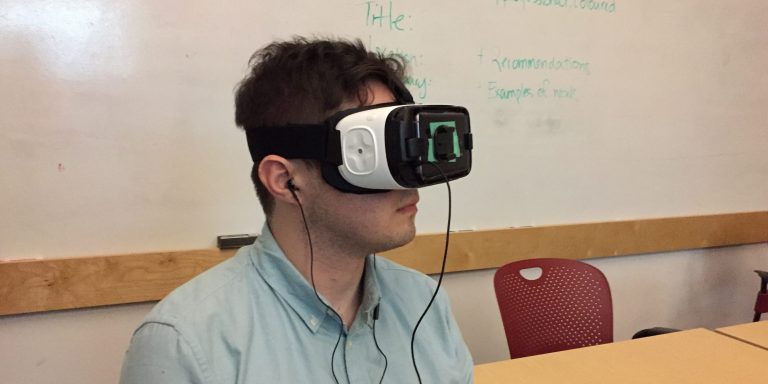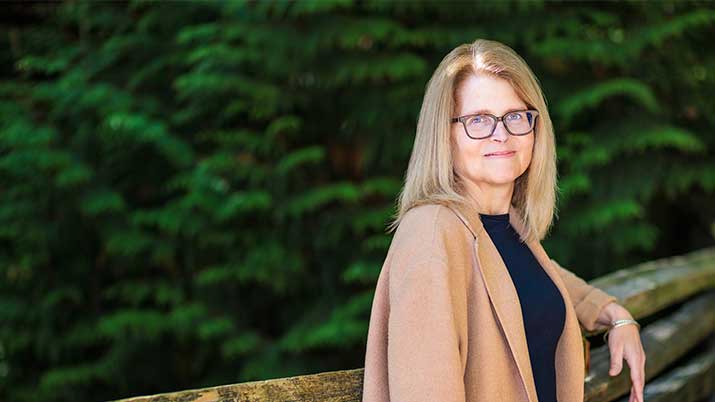UBC Journalism professor Taylor Owen and a team of researchers have received a $30,000 grant to study anonymity in virtual reality journalism.


Professor Owen teaches virtual reality journalism.
Their project was one of 11 winners recently declared in the Journalism 360 Challenge, an initiative aimed at cultivating new ideas in immersive storytelling, including virtual reality and 360 video.
The winning projects each received a share of $285,000 from the Knight Foundation, Google News Lab and Online News Association.
“Virtual and augmented reality are going to be big parts of our lives over the next 10 to 20 years,” Owen said.
“Because of that, we need to pay attention and understand it better — and make sure that the technologies being built in this space are being looked at critically.”
The team also includes Steve DiPaola, director of the Cognitive Science Program at Simon Fraser University, and Kate Hennessy, an SFU associate professor specializing in media.
Their project is based on an artificial intelligence facial rendering tool developed by DiPaola, a facial animator and motion graphics specialist who has worked on Hollywood films.
Anonymity and emotion
Together, the team will determine how abstract they can make a person’s face in cases of anonymity, while maintaining an emotional connection between the subject and audience.
“One of the most powerful aspects of virtual reality is engaging with the person’s face and the proximity to it,” Owen said.
“If you put a black dot over that person’s face, it doesn’t just anonymize the person and create some distance between the other person — it actually breaks the whole illusion.”
“The cost of anonymization, I would argue, is much higher in virtual reality journalism than in video,” he added.


UBC Journalism offers a six-week module course on virtual reality journalism.
The team will also run experiments where the subjects will have control over the anonymizing tool to figure out the degree of abstraction that they’re comfortable with.
After completing their research, the team will partner with a media outlet to apply their rendering to a piece of virtual reality journalism.
The team will be invited to the Online News Association conference this October in Washington, D.C. They’ll later present their findings at a demo day in early 2018.
Other winners include the MIT Future Ocean Lab, which is working on a camera and lighting system to produce immersive stories underwater, and the Washington Post, which is developing a smartphone tool to analyze a reader’s facial expressions and determine their biases.


